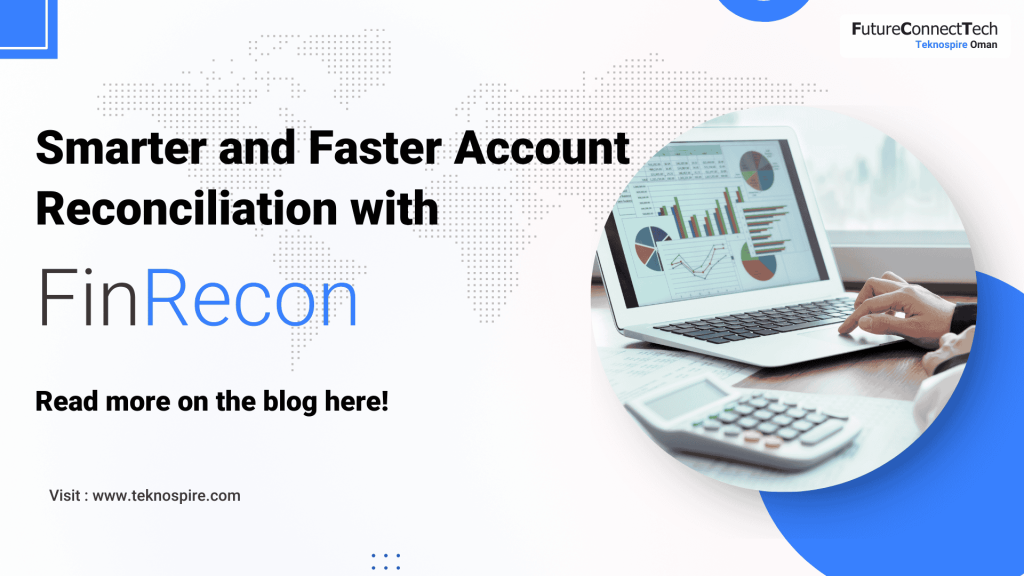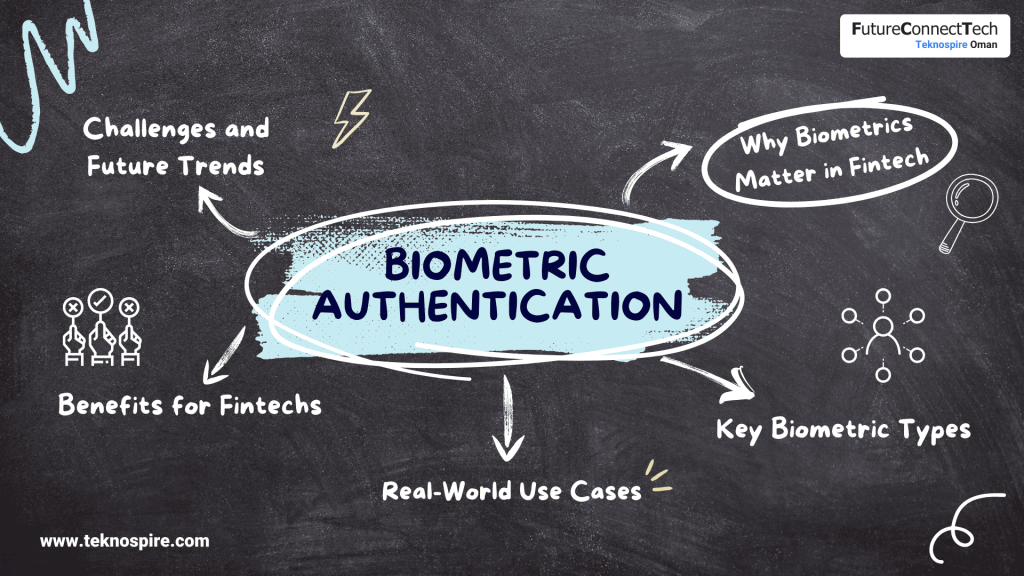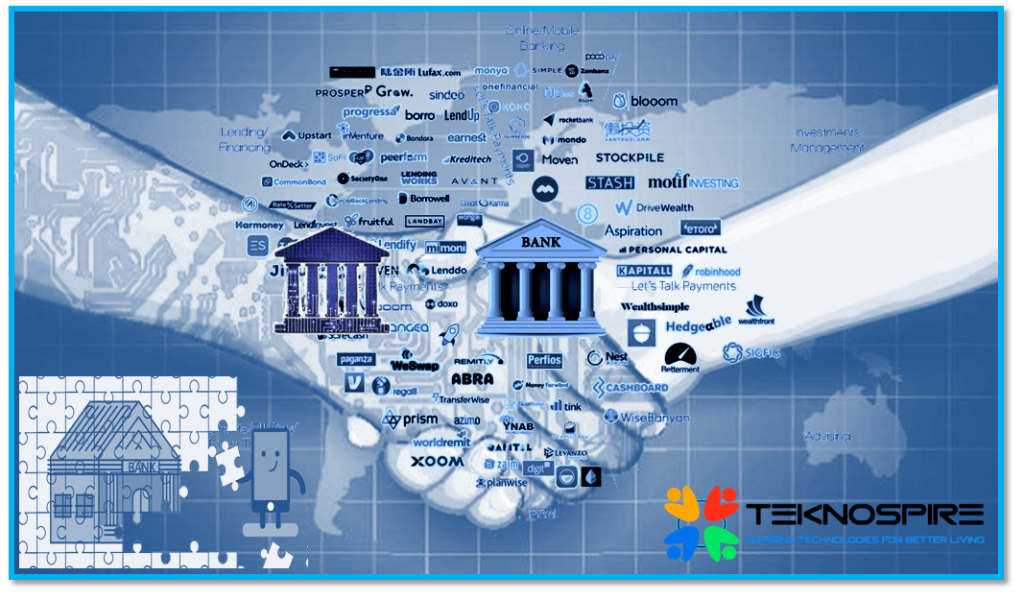FinRecon: Smarter and Faster Account Reconciliation
Imagine a finance team that isn’t drowning in spreadsheets and manual reconciliation at the end of every month. Instead, they operate with a clear, real-time view of every transaction. They don’t just react to discrepancies; they proactively identify them. Their audits are a breeze, not a burden, because every financial record is clean, organized, and instantly verifiable. This isn’t a distant fantasy – it’s the new standard for financial operations. This ideal scenario is what modern businesses are achieving with the help of automated account reconciliation. In this guide, we will delve into the reconciliation process in detail, highlighting the hardships faced by accounting teams and the numerous hours spent on various spreadsheets and financial data for reporting and audit purposes and how platforms like FinRecon are changing the game. What is the account reconciliation process? The accounting team compares the company’s internal financial records with the corresponding entries in the external documents to spot discrepancies or errors, such as missing or duplicate transactions. In simpler terms, all the economic data is gathered and then matched. In the event of errors, an investigation is required. The records must then be adjusted and verified to make sure they align with the total balance. The accounting team then records the reconciliation process, and if any discrepancies are found, specific actions are taken for future reference and audits. How to do reconciliation in a smarter and faster way? To thrive with state-of-the-art technology and make account reconciliation a much easier and speedier process, why not move beyond basic automation? Many businesses have already adopted entry-level solutions, but the true transformation comes from upgrading to a platform that makes the process more strategic and proactive. Platforms like FinRecon are built with ML-based OCR models and an AI-Powered Document Reader to make the reconciliation process seamless and efficient by: It must be noted here that the platform also offers a strong case management feature where the reconciliation exceptions can be assigned to the respective teams for resolution. FinRecon for Seamless Finance Operations Businesses should opt for automated account reconciliation as FinRecon comes with multiple advantages, such as better data visibility, improved operational efficiency, and reduced manual efforts. The platform plays a major role in: Why do we need automated account reconciliation? Swift planning requires instant action. So is the case for automated reconciliation. Let’s learn why there is an intriguing need for businesses to switch to automated account reconciliation platforms: When to choose FinRecon? If you are into retail, logistics, travel, manufacturing or even SaaS, FinRecon is the ultimate choice for – Which one do you prefer? Siloed Data or Integrated Data for Account Reconciliation In an age where data drives every decision, the choice between siloed and integrated data for account reconciliation is a clear one. Siloed data, scattered across disparate spreadsheets and systems, is the root cause of the manual effort, delays, and errors that plague traditional reconciliation. Integrated data, on the other hand, is the foundation of a proactive and efficient finance function. Platforms like FinRecon eliminate data silos by consolidating information from all sources into a single, unified view, ensuring real-time visibility, data accuracy, and enabling the finance team to gain valuable insights. Ultimately, the choice is between continuing to manage a fragmented past or building an integrated, automated, and strategically sound financial future. With FinRecon, the answer is simple: Integrated data is the only path to smarter, faster, and more reliable reconciliation. Frequently Asked Questions





